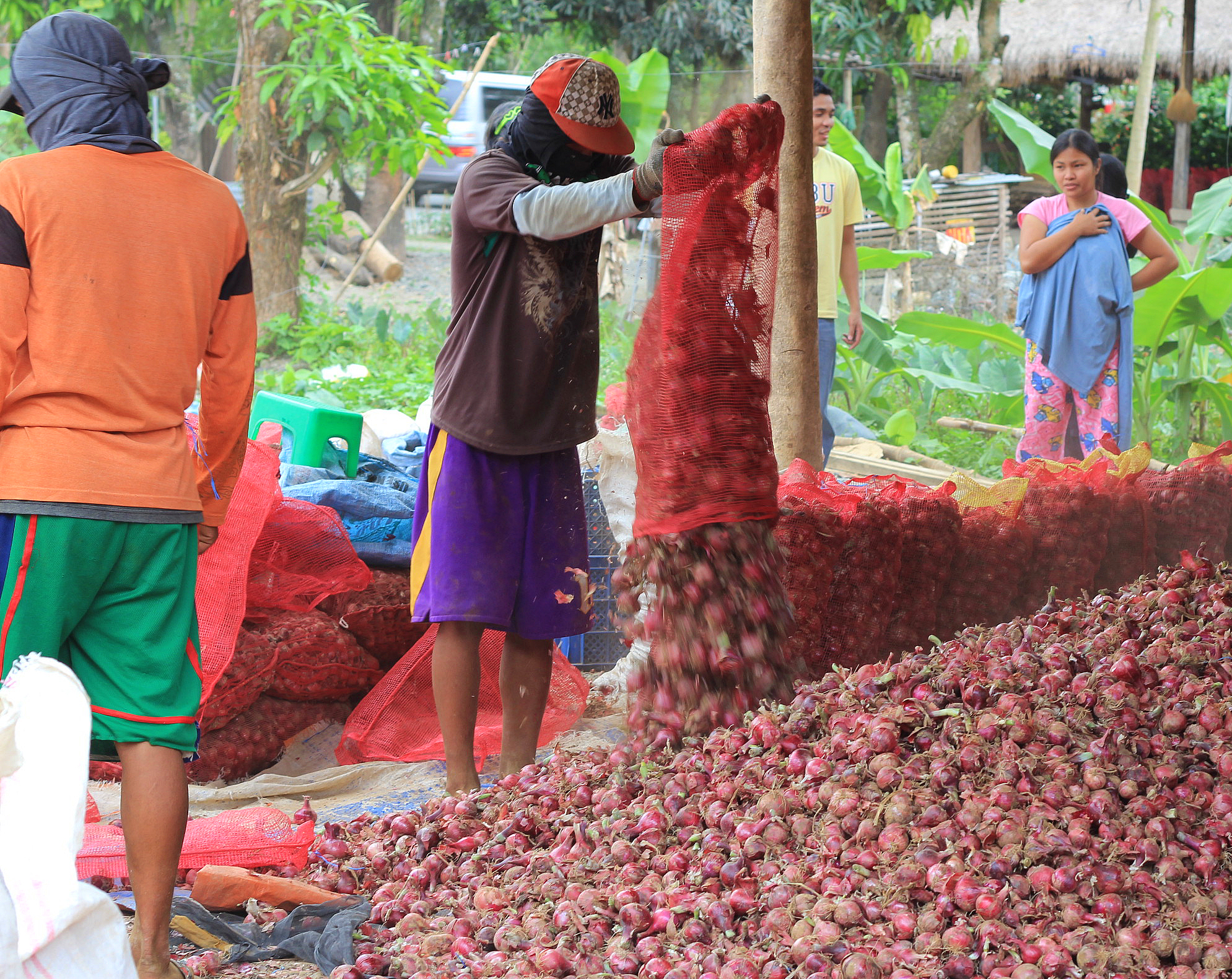
The Department of Agriculture (DA) issued a stronger and more streamlined monitoring and evaluation scheme for both locally-produced and imported onions and garlic to ensure adequate supply, consumer safety, and stabilize prices.
“Onion and garlic are major spices that make our meals distinctly Filipino,” said agriculture secretary William Dar.
“Thus, we should ensure their adequate supply year-round by increasing local production, establishing more storage facilities, and balancing imports during the off-season to attain stable supply and prices,” the DA chief added.
“That’s the aim of DA Administrative Order No. 2-2020, which we issued on January 3, 2020,” he added.
The AO2 directs the DA policy and planning office (DA-PPO) and concerned agencies, like the Bureau of Plant Industry (DA-BPI) and Agribusiness and Marketing Assistance Service (DA-AMAS), to craft and implement appropriate medium- and long-term policies and programs to enhance the competiveness of the country’s onion and garlic industry.
In particular, the DA-PPO will determine the country’s annual requirement for onion (Red Creole and Yellow Granex) and garlic based on five-year historical data. The DA-PPO will then plan and coordinate with farmers – including the provision for support and incentives – to ensure intensified production and aligned policies that will enable farmers to shift to high-value crops under the Rice Tariffication Law.
“We must define and operationalize medium- to long-term strategy that will, among others, provide the necessary support and counterfunding with organized farmers’ groups, accredited importers and traders, and local government units,” secretary Dar said.
For its part, the DA-BPI will conduct regular monitoring and evaluation of domestic production, as well as food safety compliance of both local and imported onions and garlic.
“There must be a reliable source of planting materials, proactive approach in managing pests and diseases, and extra vigilance to prevent infestation,” Dar said.
He also re-initiated the DA’s Inward Foreign Cargo Manifests website, as well as the 100 percent inspection of imported onions and garlic for food safety, pest and disease standards.
“After clearing all the sanitary and phytosanitary requirements at the border, all imports should undergo the necessary second border inspection and sampling protocols,” he said.
Cold storage warehouse (CSW) operators are also given a six-month grace period to meet food safety standards and to register their facilities in the Department’s database.
“All registered CSW inventories with local and imported stocks of onions and garlic will now be required to submit inventory to BPI every two weeks,” the DA chief said.
AO2 also directs the DA’s Agribusiness and Marketing Assistance Service (AMAS) to lead the identification, information dissemination on onions and garlic, and updating of the supply and demand, including institutional buyers, regular price advisories at retail markets, and market intelligence and surveillance.
Dar urged industry stakeholders to share needed information to come up with a more accurate estimate of supply and demand picture.
For the 2018-2019 cropping season, the Philippine produced about 208,448 metric tons (MT) of red onions and 31,866 MT of yellow onion; while importation of yellow onion reached 11,488 MT.
On the other hand, local garlic production totaled 11,750 MT, while imported garlic reached 71,048 MT.
Earlier, Dar authorized the importation of about 35,000 MT of red onions from China to help bring down prices. Importation of the commodity will last until mid-February, before the local harvest begins in March. ### (DA Communications Group)
Reference:
Mr. Noel O. Reyes
Spokesperson and Ass’t. Secretary
for Communications and Media Affairs
CP: 09204889686 – Smart
09566694611 – Globe













